Name and Positioning
The first stage of the project development was choosing the name, where my role involved evaluating different variations and selecting the final solution. The process began with a historical overview of immigration in Brazil, which has left a significant mark on the national and Barra do Piraí's culture to this day.

In the search for a name that would encapsulate the immigration and prominent Italian families, Giuseppe Bottega, who arrived from Naples in 1891, was found. Variations of his surname include the spelling Bottegari, derived from "botega," a synonym for shop or store. Through a mind map, several combinations were explored and evaluated, ultimately leading to the final form of Vila Botegare. The noun "Vila" reinforces the idea of community, warmth, and togetherness.
Cultural References
In the second stage, we defined the core concepts of the brand through a survey of cultural references. We also developed a semantic panel with images of Brazilian colonial architecture, European villages, and small local restaurants that conveyed a sense of coziness and simplicity. The cultural elements used as inspiration were as follows:






Central do Brasil Railroad
It was the largest railroad in the country during the coffee cycle in the 19th century and a landmark in Brazil's economic development. It passed through several municipalities in the Fluminense interior, including Barra do Piraí.
Industrial Materials
Cast iron, carved wood, and stone were widely used materials in the constructions of that era. They evoke the first industrial age, locomotives, Brazilian colonial architecture, and the cobblestones of small villages.
Visual References
Searching for documents from the Central do Brasil Railroad, we were able to find a book dated 1881 with photographs of several stations that comprised the railway, as well as the overall layout of the railway network until the year 1892 and cartographic maps.

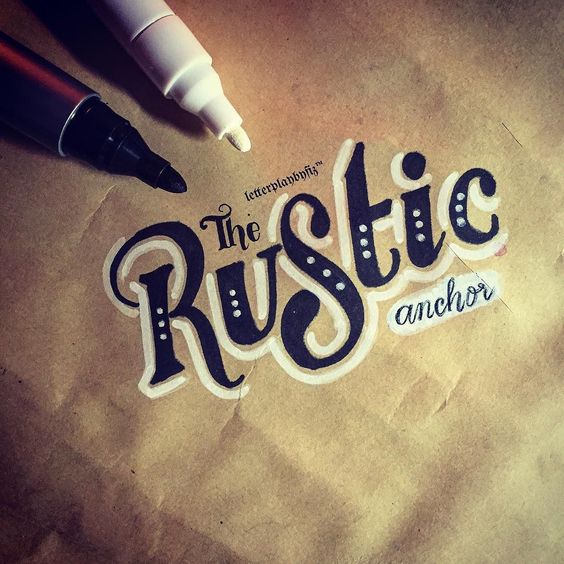

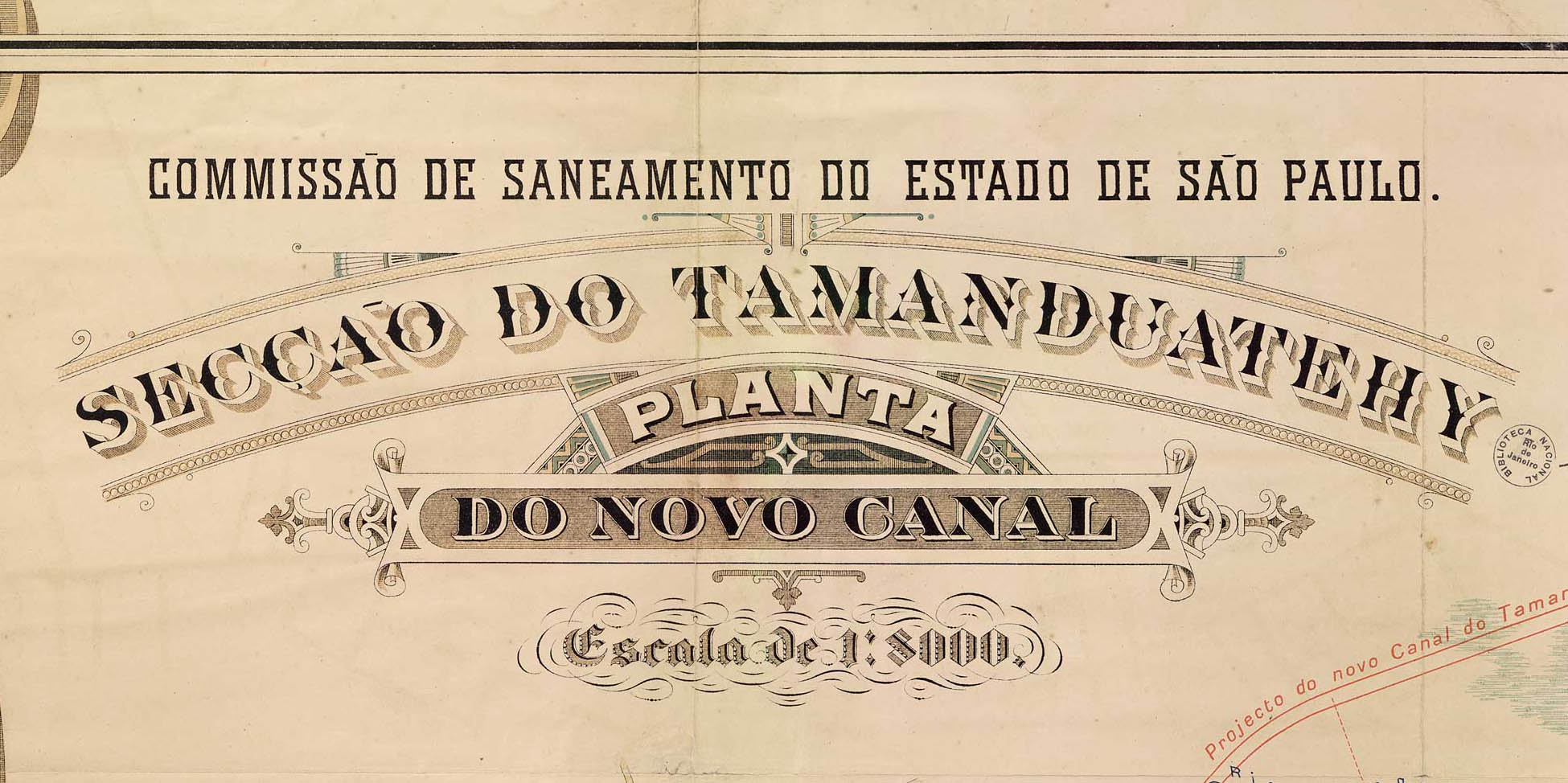
Based on the documents, similar visual references were collected from other sources. The colors, typographies, and elements served as inspiration for the design of the brand.
The Logo
Using the references and research, I sketched a series of alternatives that were selected and refined, resulting in the final logo solution.

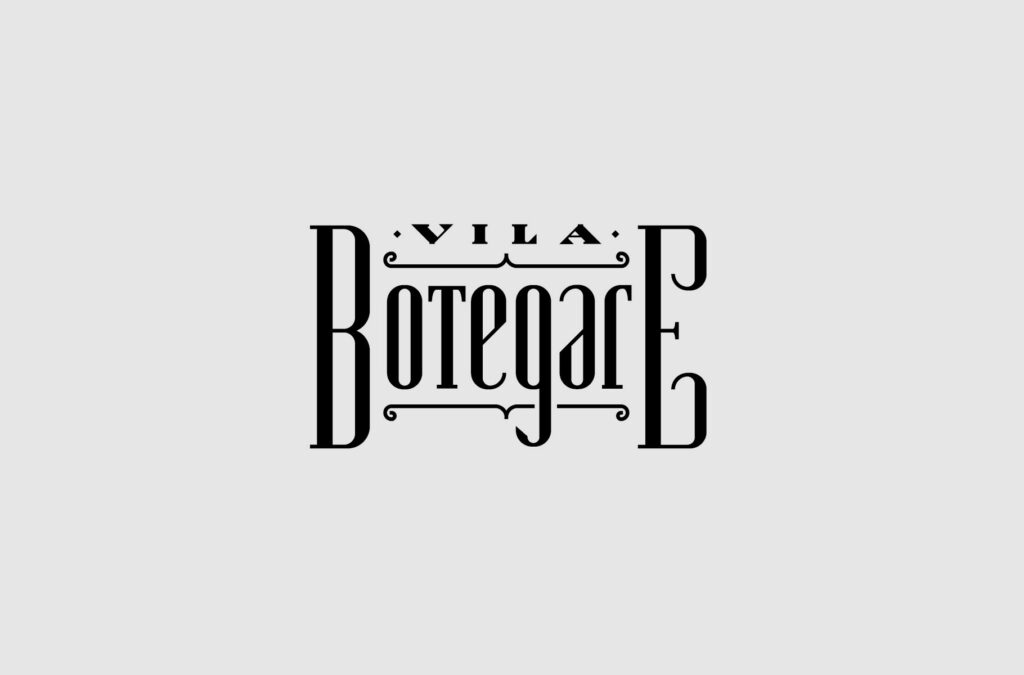


Main Elements
By constructing an exclusive typography, hand-drawn and digitally refined, the name became the main element of the composition. Both the shape and dimensions were designed to evoke the influence of the Central do Brasil Railroad.

Lettering
format
Referencing railway station signs and industrially produced signage.

Symmetry and condensed letters
Conveys a sense of stability and references the aesthetics of that era.
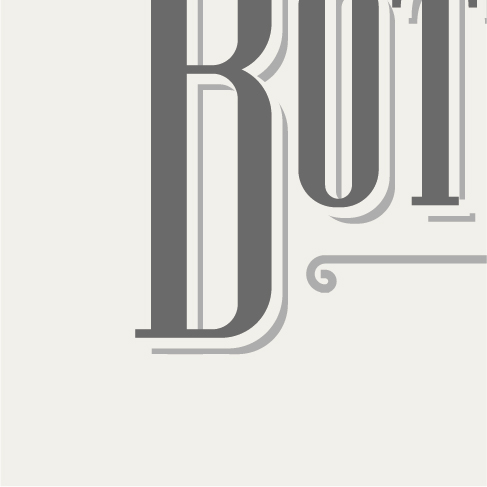
Geometric ornaments and layers
Striking a balance between elegance and simplicity, simulating volume and three-dimensionality.
Precise Construction
Although it was originally hand-drawn, there was a constant effort in the vectorization process to ensure that the logo had great precision and balance in its strokes, referencing industrial production processes.

Visual Identity
After finalizing the brand, a series of application tests were conducted to define the other components of the visual identity. In this stage, we selected the institutional typography and supporting elements.
Institutional Typography
To define the typography, we chose fonts that combined elegance and precise construction. Therefore, the contrast between weights and heights was prioritized, along with the legibility of the texts.
Titles and letterings
Subtitles and highlights
Paragraphs
Paragraphs
Color Palette
The color palette directly references the aged aesthetic of the maps used during the conceptualization stage, with earthy and warm tones that reinforce a sense of warmth and historical tradition.
Base
Beige
RGB
230 / 120 / 180
CMYK
10 / 15 / 30 / 0
Text
Brown
RGB
70 / 55 / 55
CMYK
60 / 65 / 60 / 55
Highlight
Golden
RGB
160 / 130 / 90
CMYK
35 / 45 / 70 / 10
Complementary 1
Navy blue
RGB
70 / 90 / 120
CMYK
80 / 65 / 35 / 15
Complementary 2
Emerald
RGB
95 / 120 / 100
CMYK
65 / 40 / 60 / 15
Supporting Elements
The supporting elements were used as resources to enhance the visual concepts and create consistency in the identity.

Constructive lines
These lines replicate the markings used on cartographic maps for location and scale representation of spaces.
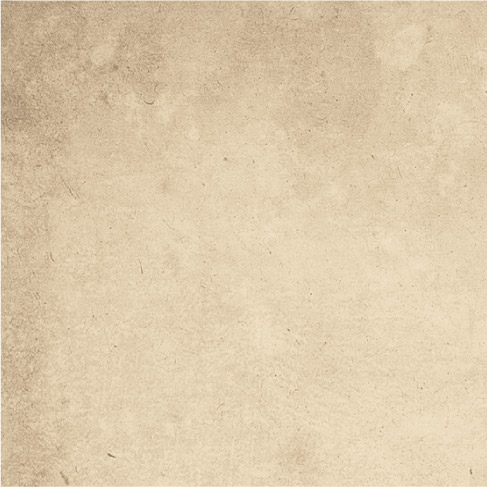
Paper
textures
They provide an aged and realistic appearance to materials, establishing a connection with the history of the municipality and Brazil.
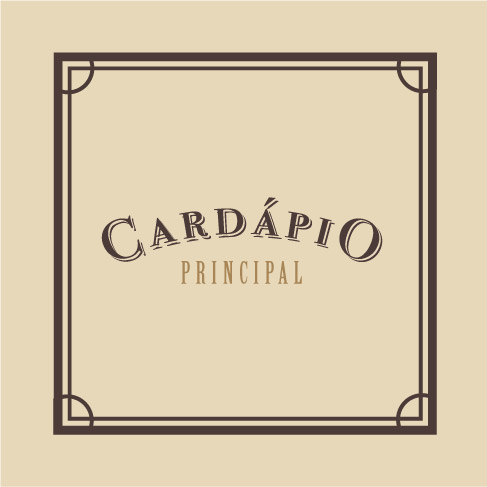
Frames and letterings
Refletem os documentos usados como referência e trazem a ideia de tradição, construção e requinte.
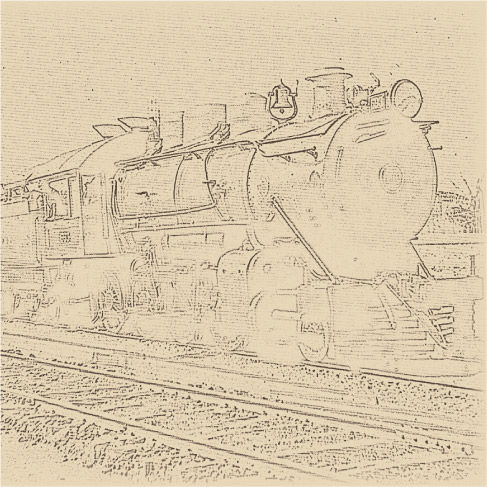
Documentary photographs
Visually tell the story of immigrations and Brazil's development.
Implementation and Outcome
Based on the visual identity, all auxiliary materials such as menus, placemats, napkins, packaging, and signage were developed. During the implementation phase, Mamutus closely monitored both the interior design project, created by architect Clayton Macedo, and the production process of materials and signage installation to ensure consistency and reinforce the brand's image.

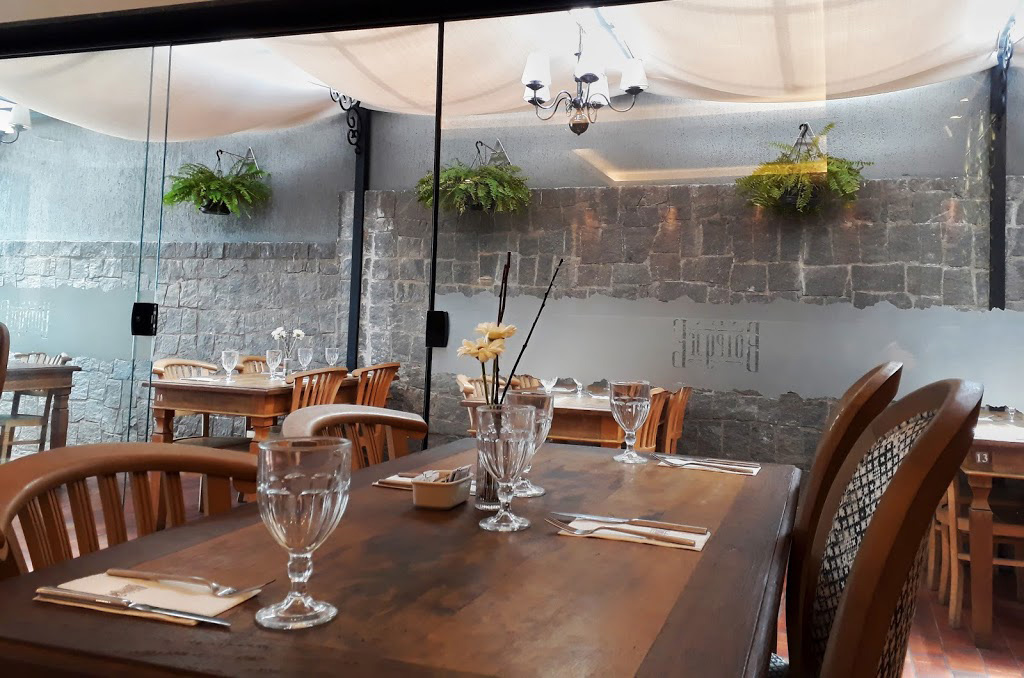





With the completion of the construction and production of materials, the project was finalized, and Vila Botegare is now fully operational. Visit their Facebook page to explore and stay updated on the latest news about the space, or pay them a visit in person to experience the result firsthand.



